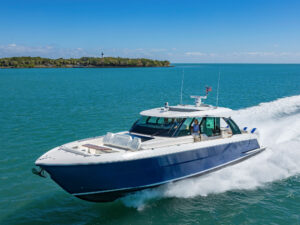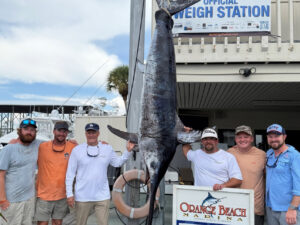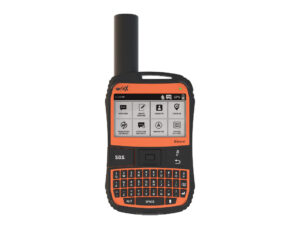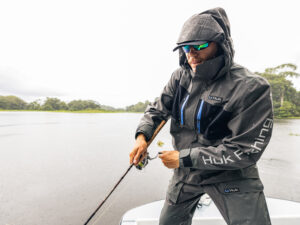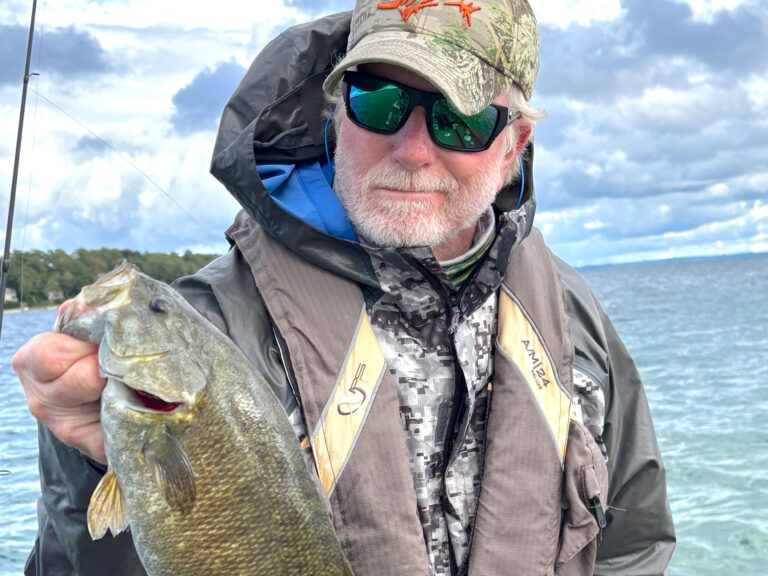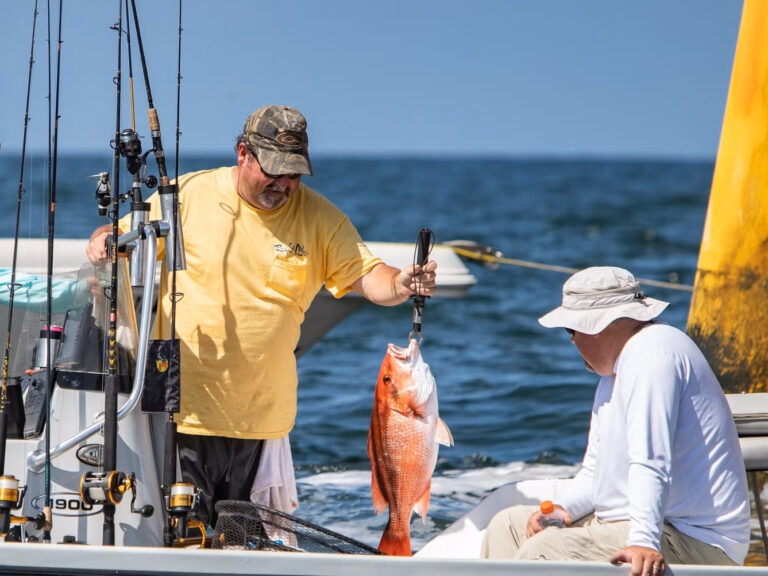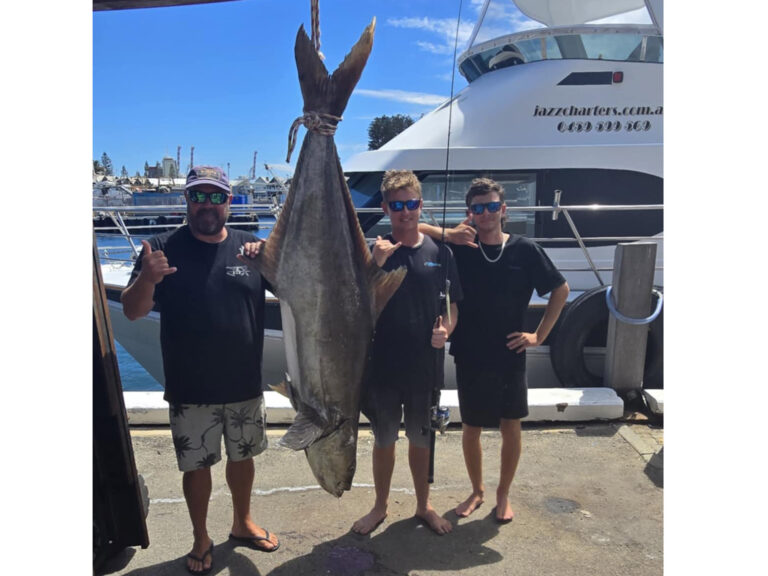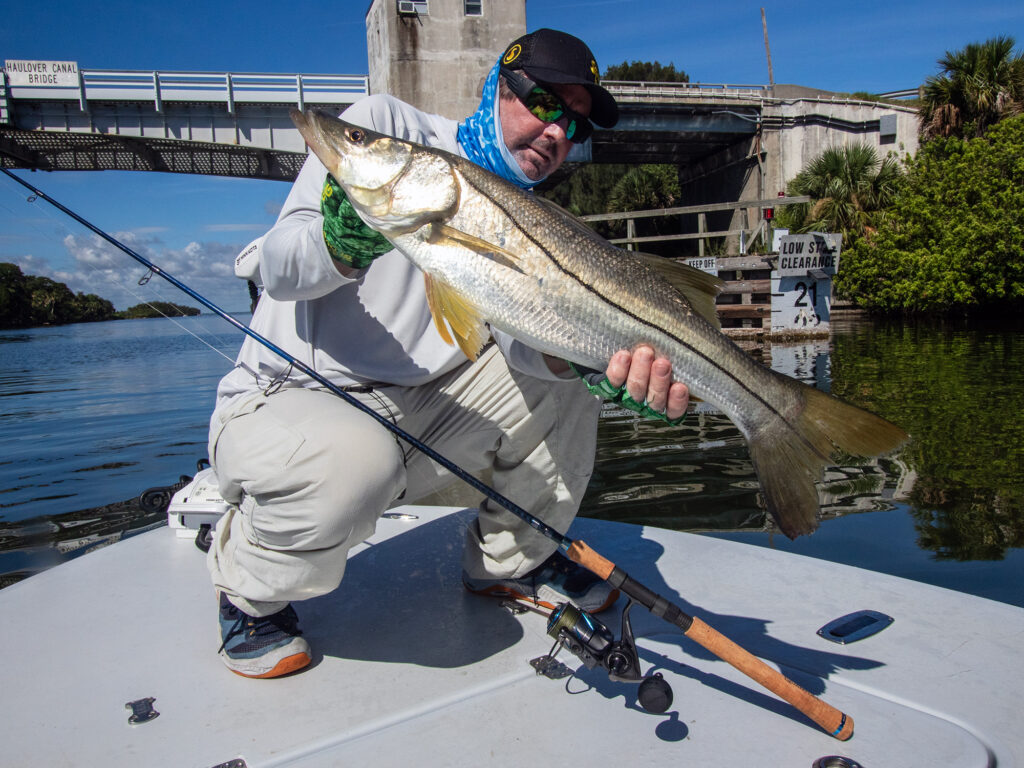
“That thing looks like a lobster,” I said.
“I feel like we should be eating these shrimp, not the fish,” joked Mike Rice, senior vice president at Quantum.
The live shrimp Capt. Jon Lulay had in his livewell were on steroids. He knows a guy. And that bait guy netted some of the largest shrimp I’ve ever seen on Florida’s Space Coast. Those big shrimp were the key to success on our day’s fishing along a stretch of Indian River Lagoon shoreline. If the shrimp are running at night, that’s what inshore gamefish want, so utilize ‘em during the day.
Anglers in the South Atlantic and Gulf Coast should always be on the lookout for “select” live shrimp in bait shops. It’s like having a cheat code.
“Yes, we catch snook, redfish and seatrout on lures too,” said Lulay. “But large shrimp give you the best shot during a moving tide up against the shoreline. If the tide is flowing, I have confidence fish will eat a live shrimp.”
Jumbo shrimp are a top bait anywhere shrimp runs occur. For example, triple-digit tarpon explode on shrimp in the bridge shadow lines of crowded Miami. Louisiana’s largest red drum suck down shrimp under a popping cork when schooled up in Gulf outer bays. And ferocious speckled trout push shrimp to the surface in Texas shallows, attracting both wade fishermen and birds.
How to Best Rig a Live Shrimp
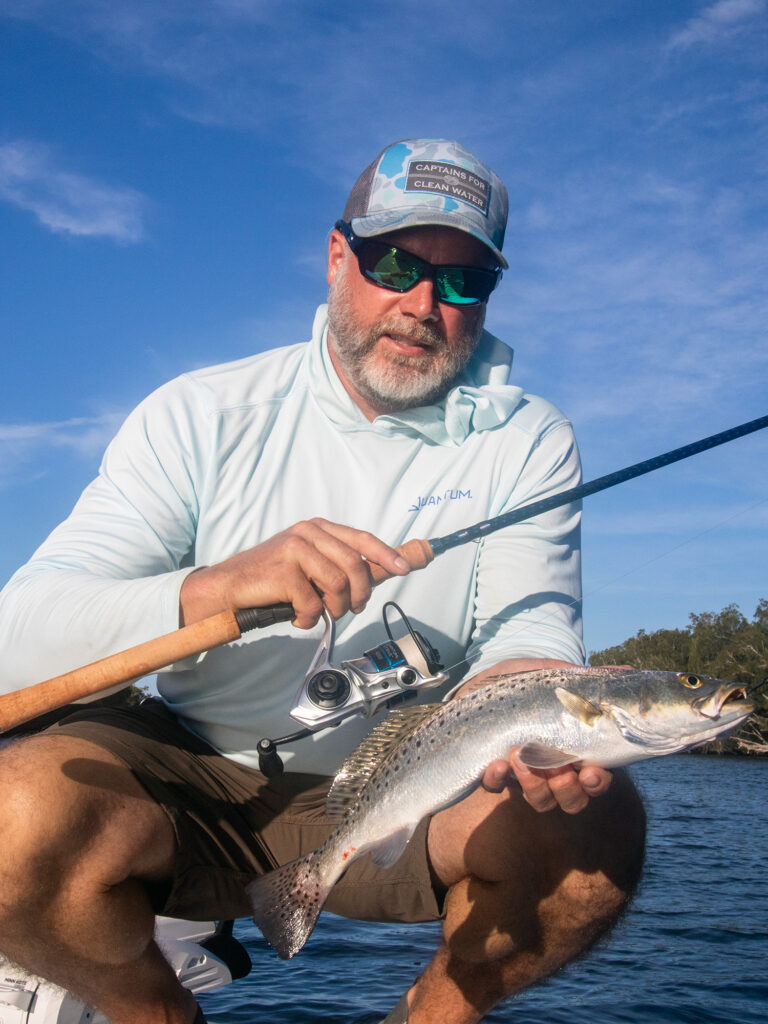
For many, a frozen piece of shrimp is the first bait they used when fishing in saltwater. That’s not what I’m talking about here. If it’s dead or frozen, rig a new bait. A shrimp-tipped jig has its place, but not in this setting.
When it comes to pitching the banks for species that lurk near mangroves, oysters or fallen trees, keep it simple. Pick a circle hook sized to the fish species you’re targeting. I like a 4/0 circle hook when targeting trout, reds and snook. Tie 30 inches of fluorocarbon leader to your main line, then tie the leader straight to your hook. No sinkers, split shots or popping corks needed.
“You really have to be able to cast into small windows to get that shrimp in front [of the fish],” said Lulay, of 2 Castaway Fishing Charters. “When anglers come on my boat, they can have wildly different experiences. The anglers who can’t make pinpoint casts catch more jacks, ladyfish and mangrove snapper, while the anglers who are able to reach under the mangroves or next to that log are more likely to catch a snook or seatrout.”
In my mind, fishing with live shrimp is just like skipping a weedless fluke under the trees. We were trying out brand-new Quantum Strive and Benchmark reels, sizes 4000 and 5000, paired with 7-foot Quantum Myth rods. The Benchmark 4000 handles 300 yards of 20-pound braid, with 25 pounds of max drag.
“Going with a light leader is a must,” said Lulay. “You lose some fish, but a light leader allows the live shrimp to swim freely with a light-wire hook. I don’t even start the morning with a heavier leader anymore because I know I’ll be going as light as possible soon enough.”
How to Fish Live Shrimp

Getting that natural presentation is more important than a heavy leader, so we used 25- to 30-pound-test fluorocarbon for most of the morning. Paired with a hook that pokes through the top third of the shrimp’s carapace — stay in front of those dark spots — this is the best way to keep a live shrimp kicking. Hitting the dark spot of a shrimp kills it. So does using too large of a hook, or a hook with too heavy of gauge. A dead shrimp is just not as productive, so we rebaited as necessary.
Cast your bait side-arm under the overhangs; utilize a shorter, stout rod for even better accuracy. Then, let the bait drift with the current, with no tension on the line. If you don’t get bit quickly, work the shrimp slowly like a soft-plastic. Get the bite first, then figure out how to get them to the boat.
When a snook picks up your shrimp, the solid thump is unmistakable. Those first few seconds are always a rush against a tight drag. Our fishing tackle held solid, but sharp snags found our leaders at times. That’s the price you pay for fishing in the jungle. The speckled trout cooperated, but it took a couple of breakoffs from unknown behemoths before we finally landed some lindesiders. Tight drags early on, plus a rod with backbone, helped pull fish out. Once away from the shore, there were also pesky porpoises looking for a free meal.
We had a blast fishing in the morning before the tide quit on us. The action was solid, and Rice and I even cast some baits at rolling tarpon. Common with tarpon during the day, they had no interest in feeding. At one point, I hooked up near a pod of school-size tarpon — nope, it turned out to be another snook. The few boats around us weren’t having much luck.
“They’re probably fishing with live baits like croakers,” explained Lulay. “Those baits can be great sometimes, but they’re not going to outfish a jumbo live shrimp.”

